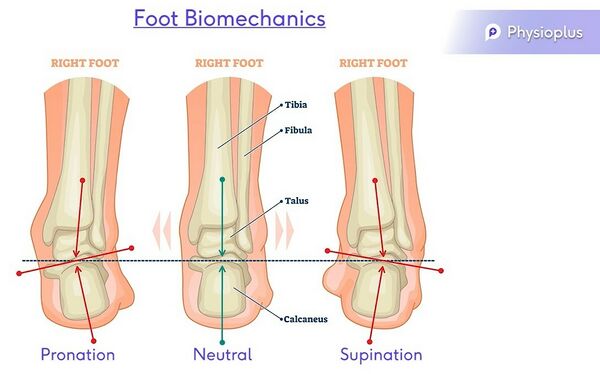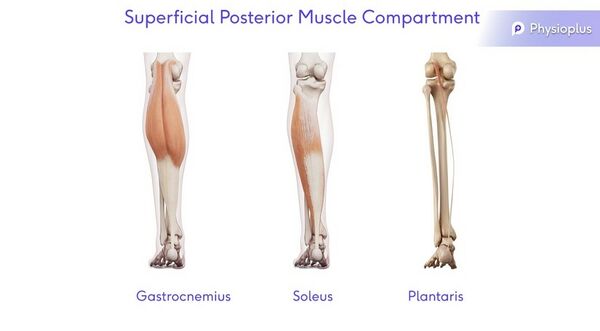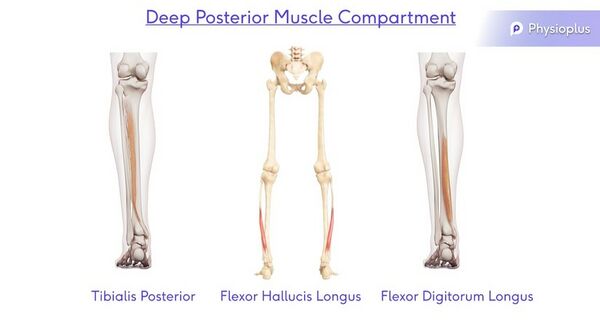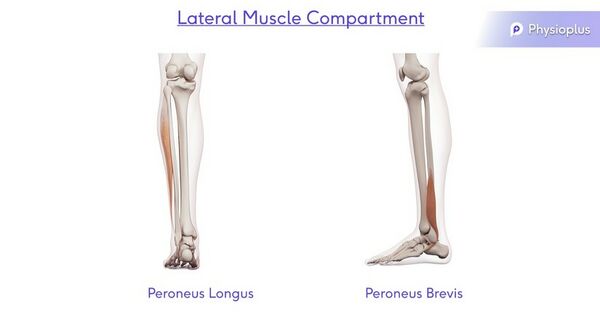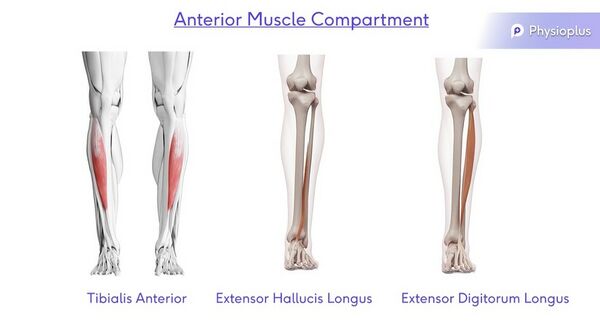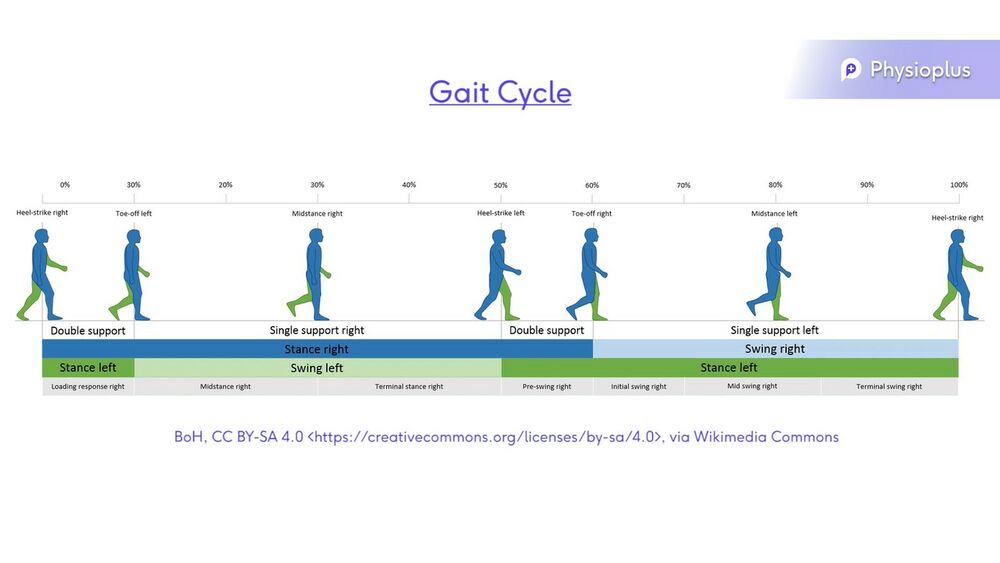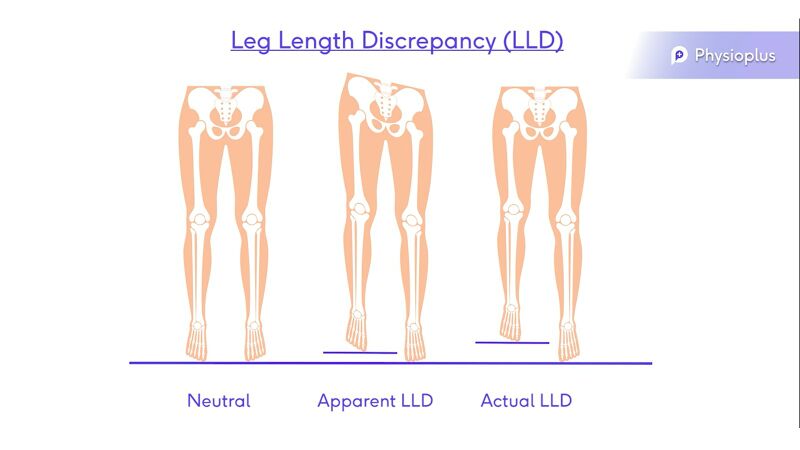Foot Orthotics Assessment: Difference between revisions
Carin Hunter (talk | contribs) No edit summary |
Kim Jackson (talk | contribs) m (Changed protection level for "Foot Orthotics Assessment": Course Page ([Edit=⧼protect-level-ppadmin⧽] (indefinite) [Move=⧼protect-level-ppadmin⧽] (indefinite))) |
(No difference)
| |
Revision as of 09:28, 25 February 2022
Top Contributors - Carin Hunter, Jess Bell, Kim Jackson, Lucinda hampton, Ewa Jaraczewska and Tarina van der Stockt
Introduction[edit | edit source]
Orthotics is a branch of medicine that deals with the making and fitting of orthotic devices. There are many interchangeable terms for this, a few being foot orthotic/orthosis/insole/shoe insert. Before an orthosis can be prescribed, a comprehensive assessment needs to be conducted to correctly select a device that will meet all the requirements. Selecting an orthotic device can be complicated as there are many aspects that need to be considered aside from biomechanical factors, including comfort and aesthetics to enhance patient compliance.
Three Main Types of Foot Orthoses[edit | edit source]
- Off the shelf (OTS) insoles
- Functional foot orthoses (FFO)
- Custom moulded total contact insoles (TCI)
Purpose of Foot Orthoses[edit | edit source]
A foot orthosis is generally referred to as an "externally applied apparatus that can be inserted in a shoe to help support or improve the function of the foot and/or ankle."[1] The two main goals of an orthotic device are to reduce pressure across an area or to accommodate congenital or acquired deformities. The ultimate aim is to achieve / maintain near-neutral subtalar joint alignment during the gait cycle or the individual's highest functional level.[1]
- Support
- Correct, if mobile
- Accommodate if not
- Shock absorption
- Re-distribute pressure
Basic Foot Anatomy[edit | edit source]
For a detailed discussion of foot and ankle anatomy, please click the links.
- 28 bones
- 33 joints
- Ligaments
- Tendons
- Muscles
- Plantar fascia
Plantar Fascia[edit | edit source]
- The plantar fascia is a strong, fibrous tissue. Because it is stiff and largely impermeable, it is able to help protect the muscles of the sole of the foot.[2][3]
- Its origins are deep within the plantar surface of the calcaneus and it fans out across the metatarsal heads. It divides and attaches to the base of the phalanges of each toe.[3]
- During walking, as the toes dorsiflex at push off, the plantar fascia wraps around the metatarsal heads and tightens.[3] This pulls the calcaneus towards the metatarsal heads and in turn maintains the shape of the longitudinal arch and supports the foot to enable propulsion. This is a phenomenon known as the windlass mechanism.[4]
Windlass Mechanism[edit | edit source]
The windlass mechanism was first described by JH Hicks in 1954. Essentially it is: "a one-to-one coupling between metatarsal joint dorsiflexion and medial longitudinal arch rise."[5] Based on an engineering concept of lifting weights via a pulley system, Hicks noted that during dorsiflexion of the toes, the plantar aponeurosis tightens. This draws the metatarsal heads towards the calcaneus, which increases the height of the longitudinal arch.[5] This action occurs naturally at push off in gait cycle as toes dorsiflex and the foot becomes stiffer to aid propulsion. During loading and mid stance, the arch will stretch. The human foot is flexible due to its many articulations. However, it needs to be both flexible and rigid to promote normal gait.[6] It is important to remember that the plantar fascia will stretch and recoil at different stages of the gait cycle.[5]
Important Joints to Consider for Foot Orthosis[edit | edit source]
- Hindfoot
- Talocrural joint
- Sub talar joint
- Mid Foot
- Tarsometatarsal joint
- Calcaneocuboid joint
- Talonavicular joint
- Fore Foot
- 1st metatarsal phalangeal joint
More information on foot and ankle joints is available here.
Terminology used in Orthotics[edit | edit source]
Neutral
Varus –inverted
Pronation – eversion, abduction, dorsiflexion and medially rotated subtalar joint
Supination – inversion, adduction, plantarflexion and laterally rotated subtalar joint
Purpose of the Human Foot[edit | edit source]
“[The human foot] enables propulsion through space, adaptation to uneven terrain, absorption of shock, and support of body weight.”[7] However, its structure, function and position leave it exposed to injury. To understand the foot, it is necessary to assess it in non-weight-bearing and weight-bearing positions, and during gait.[8]
Orthotic Foot Ankle Assessment[edit | edit source]
During a foot and ankle assessment for orthotics selection, you will need to look at:[8]
- Patient history
- Range of motion
- Muscle power
- Sensation / pain
- Proprioception
- Biomechanical analysis
- Leg length
1. Patient History[edit | edit source]
- Gait pattern and biomechanical analysis on entrance
- History of underlying conditions, foot problems and the primary problem affecting the individual on consultation.
2. Range of Motion[edit | edit source]
When considering foot orthosis design, the following range of motion tests should be carried out:
- Active
- Passive
- Weight-bearing
- Non-weight-bearing
Active and passive movements of the foot and ankle[10]
- Dorsiflexion/ plantarflexion = a quick test for the ankle joint
- Pronation/ supination = a quick test for the subtalar joint
- Eversion/ inversion
- Abduction / adduction
- Toe flexion/ extension = a quick test for the metatarsal phalangeal joints
Non-weight-bearing assessment[10]
- Windlass Test - can be effective for examining dysfunction of the plantar fascia although its specificity has not been proved.
- Passively extend hallux at the MTP joint
- The plantar aponeurosis should tighten and reduce the distance between the calcaneus and metatarsals
- Please note that the angle of extension to initiate the arch can vary
- Increases medial longitudinal arch
- Positive Test: a test is considered positive if passive extension continues to end range or until the patient's plantar fasciitis pain is reproduced
- Passively extend hallux at the MTP joint
- Pain in medial calcaneus and plantar fascia on palpation[8]
- Hallux limitus/rigidus[8]
- Both affect the windlass mechanism, gait pattern and normal functioning of the foot.[8]
- Hallux Rigidus[11]
- Very limited dorsiflexion mobility or no movement. There is crepitation with joint mobilisation and pain associated with any movement of the first MTP joint.
- Hallux Limitus[12] (FnHL)
- Reduced dorsiflexion movement, resulting in decreased range of dorsiflexion at the first MTP joint.
- In gait, there is a loss of MTP joint extension during the second half of the single-support phase, when the weightbearing foot is in maximal dorsiflexion.[8]
- Hallux Rigidus[11]
3. Muscles of the Foot and Ankle[edit | edit source]
There are four muscle compartments in the lower leg. The gold standard test for assessing these muscles is the standardised Oxford Scale.
Superficial Posterior Muscle Compartment
Action: Plantarflexion
Muscles: Gastrocnemius, Soleus and Plantaris
Deep Posterior Muscle Compartment
Action: Plantarflexion, Adduction and Inversion
Muscles: Tibialis Posterior, Flexor Hallicus Longus and Flexor Digitorum Longus
Lateral Muscle Compartment
Action: Dorsiflexion, Abduction and Eversion
Muscles: Peroneus Longus and Peroneus Brevis
Anterior Muscle Compartment
Action: Dorsiflexion, Abduction and Inversion
Muscles: Tibialis Anterior, Extensor Hallicus Longus and Extensor Digitorum Longus
See the following pages for more information on the muscle testing of:
4. Sensation/Pain[edit | edit source]
Please see page on Sensation, Sensory Examination
5. Proprioception[edit | edit source]
Please see page on Proprioception, Assessing Proprioception
6. Biomechanical Analysis[edit | edit source]
It is important to assess the foot both statically and dynamically. This is because the foot is not static during the gait cycle, and most foot problems occur during the gait cycle.[8] It is important to consider the whole kinetic chain, including knee and hip/pelvis position, as well as subtalar alignment.
Static
- Too many toes/ too few toes - useful for distinguishing between a pronated and supinated foot
- Jack's Test
- Windlass test
- Rear foot and forefoot alignment
- Normal/ideal foot alignment occurs when:[8]
- Distal 1/3 of leg is vertical
- Calcaneus is vertical to the supporting surface
- Plantar forefoot is parallel to the plantar rearfoot
- Variations from this “normal’ foot alignment (‘intrinsic foot deformities’) lead to abnormal foot function
Dynamic Normal Walking[10]
- Phases of Normal Walking
- Heel strike
- Mid stance
- Terminal stance
- Pre swing
- Swing phase
- Ground clearance is important in swing phase
- Proprioception and balance are important for approximately 40% of the gait pattern where an individual is standing on one leg.[8]
7. Leg Length Discrepancy (LLD)[edit | edit source]
- Dipping
- Pelvic obliquity
- Retraction
- Scoliosis
- Apparent leg length
- Actual leg length[13]
References[edit | edit source]
- ↑ 1.0 1.1 Elattar O, Smith T, Ferguson A, Farber D, Wapner K. Uses of braces and orthotics for conservative management of foot and ankle disorders. Foot & Ankle Orthopaedics. 2018 Aug 3;3(3):2473011418780700.
- ↑ Welte L, Kelly LA, Kessler SE, Lieberman DE, D'Andrea SE, Lichtwark GA, Rainbow MJ. The extensibility of the plantar fascia influences the windlass mechanism during human running. Proceedings of the Royal Society B. 2021 Jan 27;288(1943):20202095.
- ↑ 3.0 3.1 3.2 Orthopaedia.com. Anatomy of the foot and ankle. Available from: https://orthopaedia.com/page/Anatomy-of-the-Foot-Ankle (accessed 10/02/2022).
- ↑ Sichting F, Holowka NB, Ebrecht F, Lieberman DE. Evolutionary anatomy of the plantar aponeurosis in primates, including humans. Journal of anatomy. 2020 Jul;237(1):85-104.
- ↑ 5.0 5.1 5.2 Sichting F, Ebrecht F. The rise of the longitudinal arch when sitting, standing, and walking: Contributions of the windlass mechanism. PloS one. 2021 Apr 8;16(4):e0249965.
- ↑ Kelly LA, Lichtwark G, Cresswell AG. Active regulation of longitudinal arch compression and recoil during walking and running. J R Soc Interface. 2015;12(102):20141076.
- ↑ Bolgla LA, Malone TR. Plantar fasciitis and the windlass mechanism: a biomechanical link to clinical practice. Journal of athletic training. 2004 Jan;39(1):77.
- ↑ 8.0 8.1 8.2 8.3 8.4 8.5 8.6 8.7 8.8 Fisher D. Introduction to Foot Orthotics Course. Physioplus, 2022.
- ↑ Gegen ME, Plummer T, Darr N. An Exploratory Study of The Perceptions of Footwear for Individuals who use Lower Limb Orthotics. Internet Journal of Allied Health Sciences and Practice. 2020;18(4):8.
- ↑ 10.0 10.1 10.2 Alazzawi S, Sukeik M, King D, Vemulapalli K. Foot and ankle history and clinical examination: A guide to everyday practice. World journal of orthopedics. 2017 Jan 18;8(1):21.
- ↑ Colò G, Fusini F, Samaila EM, Rava A, Felli L, Alessio-Mazzola M, Magnan B. The efficacy of shoe modifications and foot orthoses in treating patients with hallux rigidus: a comprehensive review of literature. Acta Bio Medica: Atenei Parmensis. 2020;91(Suppl 14).
- ↑ Graydon M. Hallux Limitus/Rigidus. Clinical Practice Guidelines. 2018:140.
- ↑ Menez C, L'Hermette M, Coquart J. Orthotic insoles improve gait symmetry and reduce immediate pain in subjects with mild leg length discrepancy. Frontiers in sports and active living. 2020;2.
